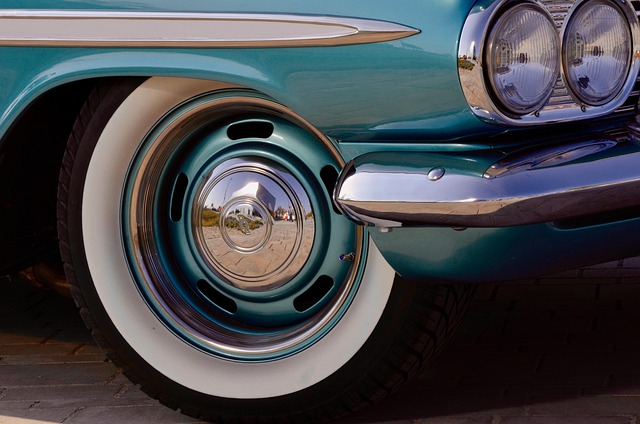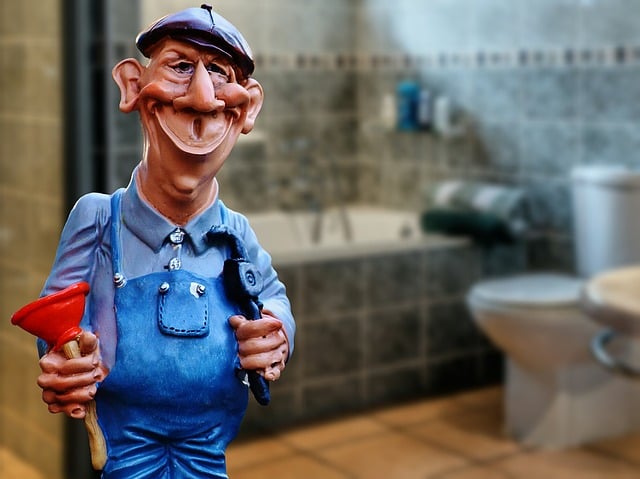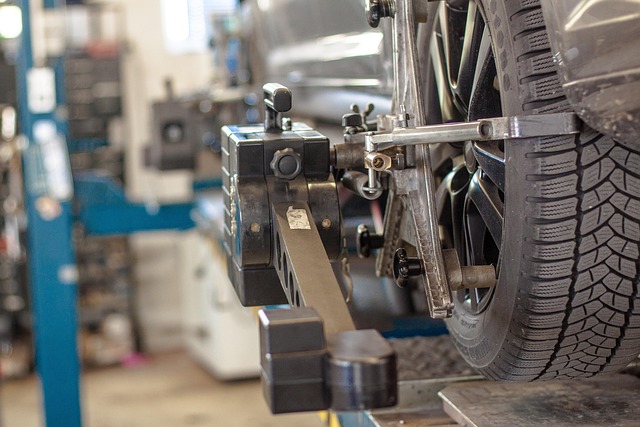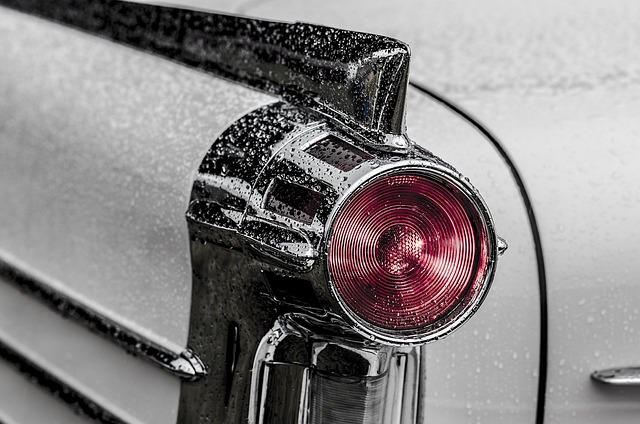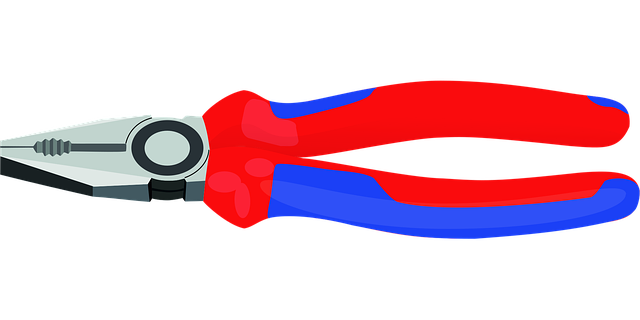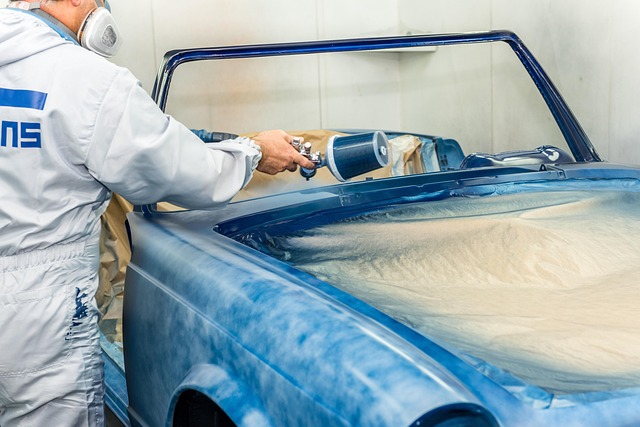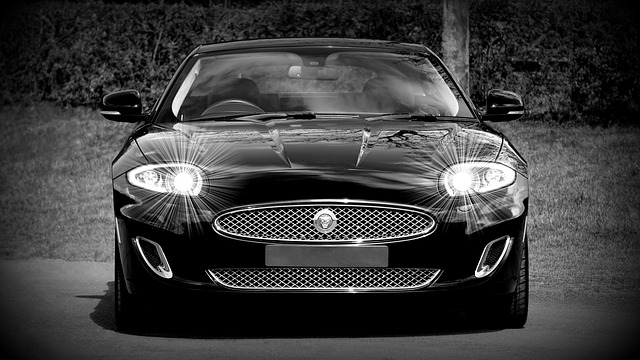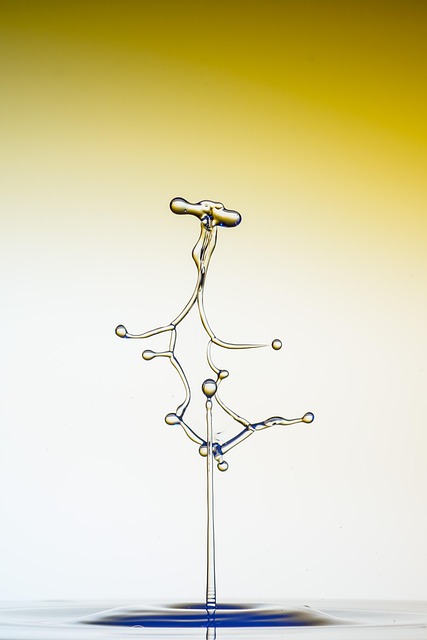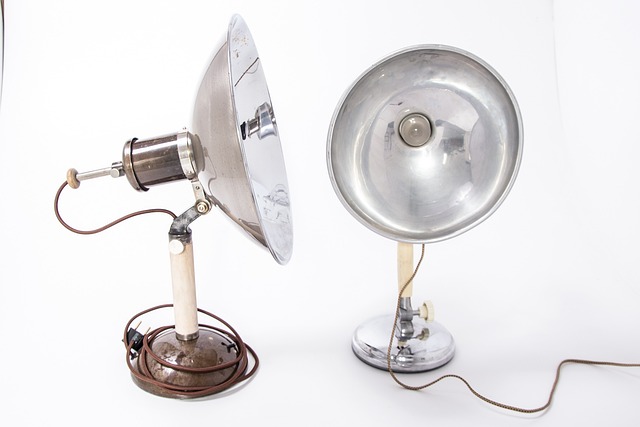Bumper damage repair addresses a spectrum of issues from minor dents to structural damage, focusing on both cosmetic restoration and vehicle safety. While paintless dent repair (PDR) suffices for lighter damages, more severe cases necessitate structural reinforcement using high-strength materials to realign and strengthen critical components like brackets and plates. Skilled technicians at reputable shops provide comprehensive care including meticulous paintwork, tire services, and specialized tools to match original finishes seamlessly, ensuring bumper damage repairs enhance appearance, preserve value, and maintain vehicle functionality and safety.
Bumper damage repair isn’t always a straightforward fix. Depending on the extent of the damage, structural reinforcement work may be required. From minor dents to significant deformities, understanding the type and severity of bumper damage is crucial for effective repairs. This article delves into the process, exploring how structural reinforcement can fortify weakened components and restore both functionality and aesthetics in bumper damage repair.
- Understanding Bumper Damage: Types and Extent
- The Role of Structural Reinforcement in Repair
- Restoring Functionality and Aesthetics After Damage
Understanding Bumper Damage: Types and Extent
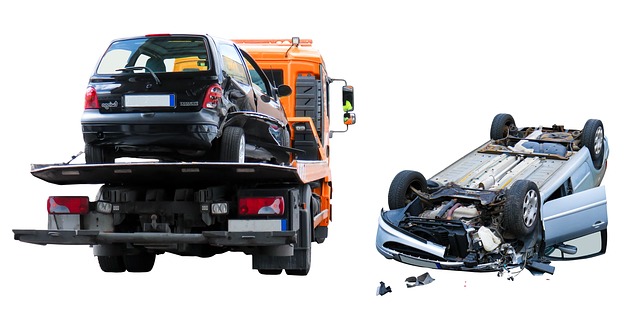
Bumper damage can vary greatly, from small dents and scratches to significant crumpling and misalignments. Understanding the type and extent of the damage is crucial before initiating any bumper damage repair process. Dents and minor creases are common issues, often caused by parking incidents or minor collisions. These can typically be addressed through methods like paintless dent repair (PDR), which preserves the original finish and avoids the need for extensive auto painting.
More severe bumper damage may involve structural reinforcement work. This could include bent or broken components that require straightening or replacement, especially if they have compromised the vehicle’s safety features. In such cases, skilled technicians might employ specialized tools and techniques to realign the bumper and ensure it is securely fastened, preventing further complications during driving. Effective bumper repair, whether through PDR or structural reinforcement, ensures not just cosmetic restoration but also maintains the safety and integrity of the vehicle.
The Role of Structural Reinforcement in Repair
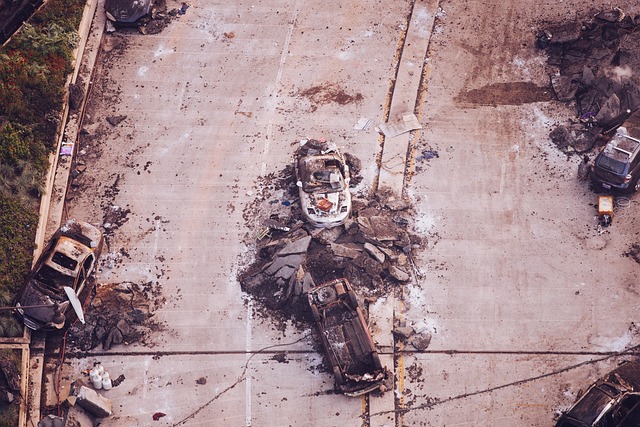
When repairing bumper damage, structural reinforcement plays a critical role in ensuring the safety and integrity of your vehicle. Beyond simply fixing the visible dents or cracks, this process involves strengthening the underlying components to prevent future structural weaknesses. In many cases, collision repair services may require adding reinforcing plates, brackets, or other structural elements to compensate for damaged or weakened parts. This is especially crucial for the bumper, which acts as a primary safety feature, absorbing impact energy during collisions.
Automotive repair specialists employ various techniques and materials to reinforce the bumper. These might include high-strength steel, aluminum alloys, or even composite materials, chosen based on the specific requirements of different vehicle models. Effectively reinforcing the bumper not only facilitates a seamless aesthetic restoration through auto dent repair but also guarantees that your vehicle retains its structural stability, enhancing safety during future drives.
Restoring Functionality and Aesthetics After Damage
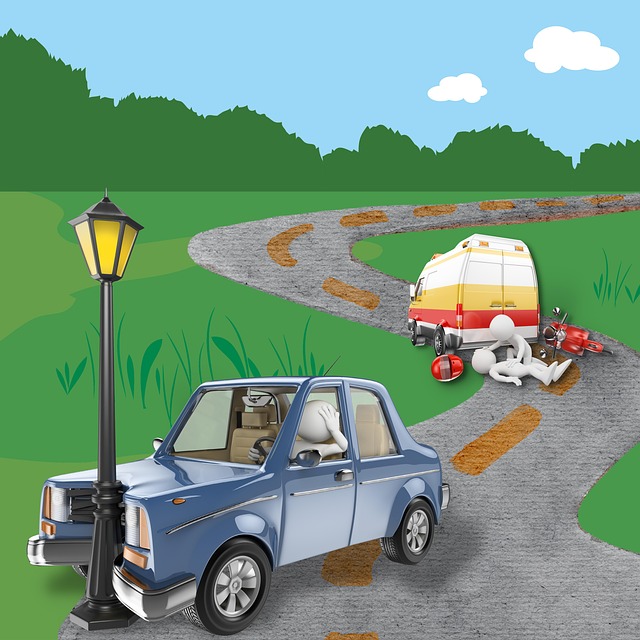
After a bumper has been damaged, whether from a collision, a minor scrape, or even everyday wear and tear, restoring it to its original functionality and aesthetic appeal is paramount. Bumper damage repair goes beyond simply fixing the visible scars; it involves ensuring the structural integrity of the component, which is crucial for safety and driving performance. Skilled technicians at a reputable collision repair shop use specialized tools and techniques to realign and reinforce the bumper, addressing hidden damage that might compromise its strength.
This process also includes meticulous paint work to match the car’s original finish seamlessly. A professional collision repair shop will offer tire services as part of their comprehensive care, ensuring the overall vehicle is restored to its pre-damage condition. Restoring a damaged bumper not only enhances the car’s appearance but also preserves its value, making it an essential step for anyone looking to maintain their vehicle’s beauty and functionality over time, especially in cases where minor scrapes or deeper dents need attention, similar to car scratch repair scenarios.
Bumper damage repair goes beyond mere aesthetics; it often involves structural reinforcement to ensure vehicle safety. By understanding the types and extent of damage, professionals can effectively restore both functionality and the car’s aesthetic appeal. The process, which includes reinforcement work, guarantees that your vehicle is not only looking good but also performing optimally on the road. For effective bumper damage repair, consider the role of structural reinforcement as a key step in any comprehensive restoration process.
